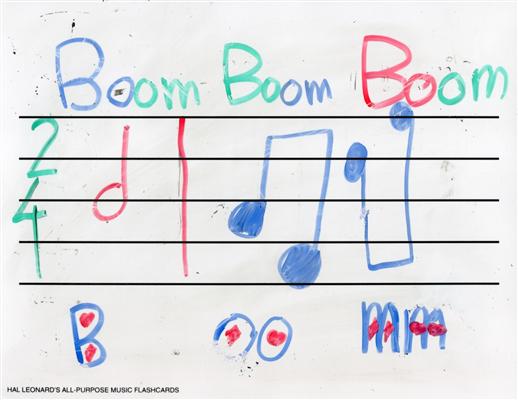Well, it’s coming too late to do us any good for the Colorado institute, but M is finally making real progress on the Bach Tanz.
At this morning’s practice, I set a simple goal: One perfect, or close-to-perfect, rendition of the Tanz. I took a few tries, and M was less cooperative than I like, but she eventually got the structure entirely right and remembered most of the dynamics. Technically, her main problem seems to be playing too far behind the frets. This problem was exacerbated because she was looking at her drawing (see yesterday’s post) instead of her hand.
In the evening, I upped the goal but still kept it simple: Two perfect, or close-to-perfect, renditions. I ended up actually getting three good renditions out of five or six attempts. M seemed very aware of what she was doing (she could usually identify her errors after the fact).
On her last rendition, she really focused on what she was doing, and even added vibrato on the half notes. Of course, this extra touch distracted her from some other things, but her level of focus and quality of execution was probably the best it’s ever been.
Tomorrow I’ll go over her video with her. Her left hand fingers still drift behind the frets, and she’s not keeping the thumb on her right hand still. But these are very minor things.
Also, I was delighted by this “song” M wrote, all by herself, while I made dinner, which shows a real understanding of time signatures and note values:
